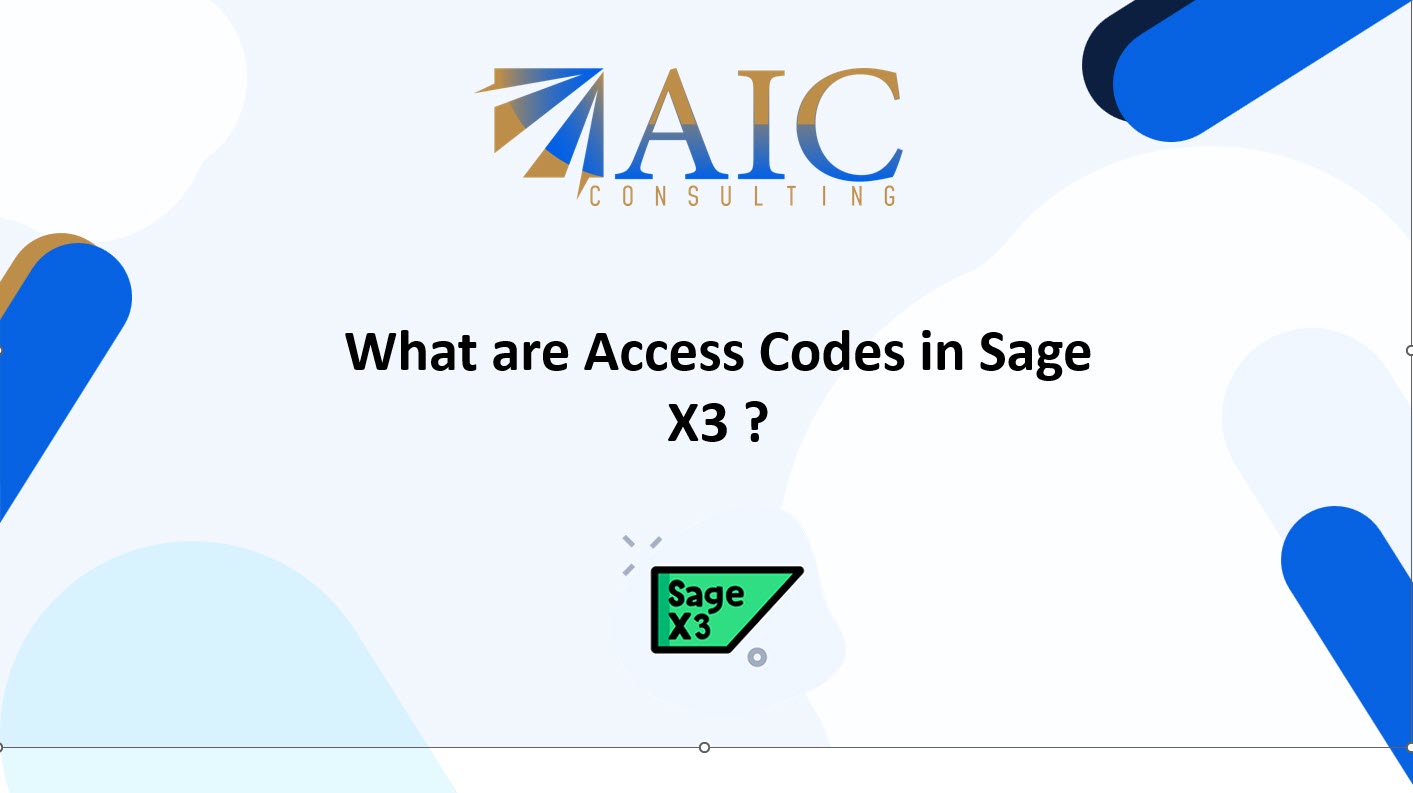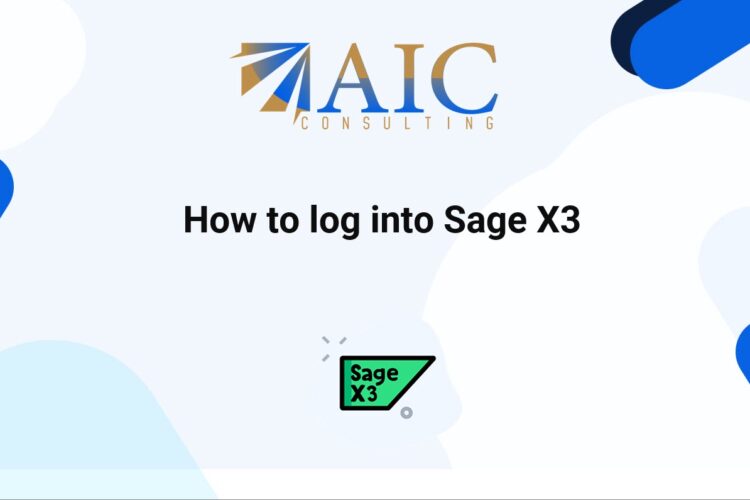
Unlocking Security in Sage X3: Understanding and Using Sage X3 Access Codes
In the realm of Sage Enterprise Resource Planning ( Sage ERP) systems, security and controlled access to data and functionalities are paramount. Sage X3, a comprehensive ERP solution, employs a robust mechanism called “Access Codes” to achieve this. But what exactly is a Sage X3 access code, and how are they utilized? Let’s delve into this crucial aspect of Sage X3 security.
At its core, a Sage X3 access code is a customizable alphanumeric identifier, typically up to 10 characters, used to protect specific information and functions within the system. Think of them as digital locks placed on various elements, such as fields on a screen, entire transactions, reports, or even database records. These codes dictate who can view, modify, or execute these protected elements.
The primary purpose of access codes is to ensure that only authorized personnel can interact with sensitive or specific parts of the Sage X3 environment. This helps maintain data integrity, prevents unauthorized modifications, and ensures that users only have access to the functionalities relevant to their roles.
How to Use Sage X3 Access Codes:
The implementation and usage of access codes in Sage X3 involve several key steps:
- Creation of Access Codes:
- Administrators define access codes through the “Access Codes” function within the Sage X3 setup.
- Each code is given a unique identifier and a descriptive title. For example, you might create codes like “ZFIN_RPT” for financial reports or “ZPO_APRV” for purchase order approvals.
- Assignment to System Elements:
- Once created, these access codes are linked to specific elements within Sage X3.
- For fields on screens, this is done through the “Access Code Assignment” function, where you can specify which access code controls the read and write permissions for a particular field.
- For transactions, reports, or other functionalities, the access code can be associated within their respective setup parameters.
- Granting Rights to Users:
- The crucial step is defining which users or user roles have the necessary “key” to unlock the information or function protected by an access code.
- This is managed within the user record under the “Access” tab. Here, administrators can assign read, write, and execution rights for specific access codes to individual users.
- A global “All access codes” checkbox exists for super-users who need unrestricted access.
Practical Applications:
The use of access codes offers significant flexibility in tailoring system access. For instance:
- You can make the “Gross Price” field in a purchase order read-only for most users but editable for the purchasing manager by assigning an access code and granting modification rights only to the manager’s profile.
- Specific financial reports can be restricted to the finance department by assigning an access code to the report and only granting read access to relevant finance users.
- The ability to execute certain system transactions, like month-end closing processes, can be limited to authorized accounting personnel through access code execution rights.
In essence, Sage X3 access codes are a powerful tool for fine-grained control over system access, contributing significantly to data security and operational efficiency. By understanding how to create, assign, and grant rights for these codes, administrators can build a secure and role-based access framework within their Sage X3 environment.
Please watch the video below for a practical guide within Sage X3
Conclusion
As a registered Sage X3 business partner, we have the expertise and experience to help you implement and customize Sage X3 to meet your specific business needs.
Explore our YouTube channel for the latest videos and access free training videos for Sage X3. Please contact us for all your Sage X3 requirements. The first task is free on us. Terms and conditions apply.


